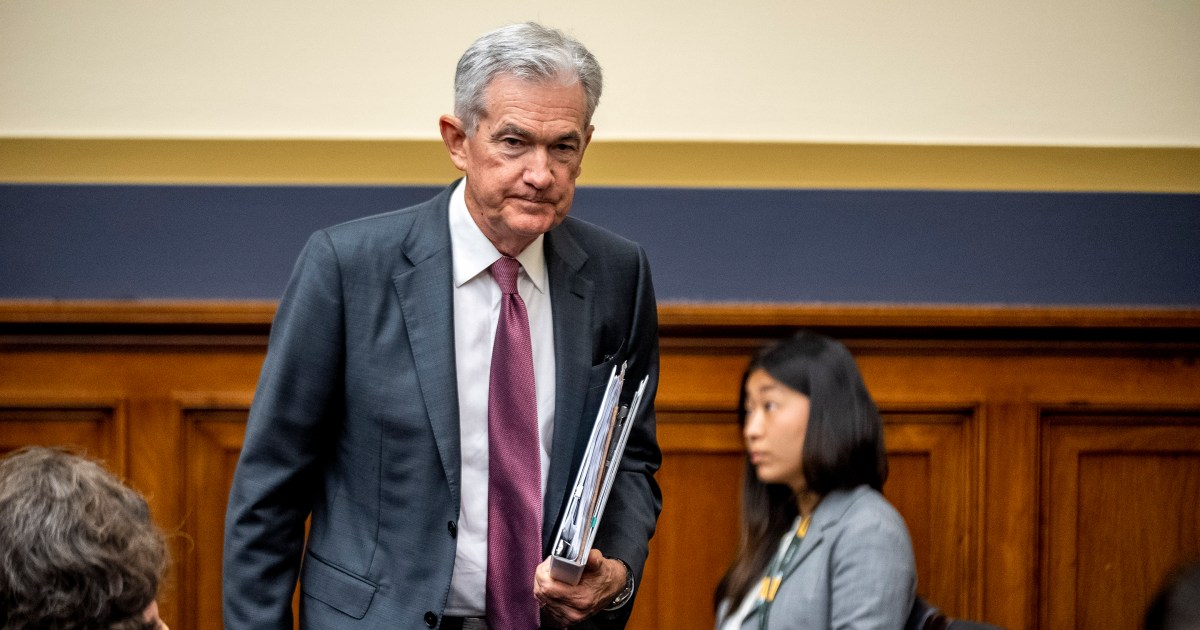US Fed officials expected slower rate cuts in 2025, say December minutes

In response to persistently high inflation  and the threat of widespread tariffs and other potential policy changes, US Federal Reserve officials at their meeting December 17-18 anticipated a slower pace of interest rate cuts this year.
Minutes from the meeting, released on Wednesday after the typical three-week lag, also showed clear division among the Fed’s 19 policymakers. Some expressed support for keeping the central bank’s key rate unchanged, the minutes said. Additionally, the majority of the officials described the decision to reduce rates as a decisive one.
Ultimately, the Fed chose to cut its key rate by a quarter-point to about 4.3 percent. One official, Cleveland Fed President Beth Hammack, dissented in favour of keeping rates unchanged.
However, it was widely agreed that their key rate should be changed after they had reduced rates for three consecutive meetings.
Fewer rate cuts are likely to increase consumer and business borrowing costs this year, including those for homes, cars, and credit cards.
According to the minutes, policymakers claimed that the Fed “was at or near the point where it would be appropriate to slow down the pace of policy easing.” Fed officials predicted just two cuts for the year in projections released following the meeting, compared to a previous forecast of four.
Trump tariffs
The minutes also revealed that “almost all” Fed policymakers believe that inflation is likely to rise above what they had anticipated, partly because of “the likely effects of potential changes in trade and immigration policy” and inflation has remained high in some recent readings.
The Fed’s staff economists considered the economy’s future path particularly uncertain at the December meeting, in part because of incoming President-elect Donald Trump’s administration’s “potential changes to trade, immigration, fiscal, and regulatory policies”, which the staff said are difficult to assess in terms of how they will impact the economy. As a result, they included several different scenarios for the economy’s future path in their presentation to policymakers.
Because they anticipated Trump’s proposed tariffs would keep inflation at a high level, the staff predicted that inflation would be roughly the same as it would be in 2024.
After the Fed officials’ last-minute rate cut outlook, the stock markets crashed. Following the meeting, Fed Chair Jerome Powell stated at a press conference that the decision to lower rates had been a “close call.”
Powell added that many Fed officials have slashed their expectations for rate reductions because of recent signs of persistent inflation. According to the Fed’s preferred measure, inflation ticked up to 2.4 percent in November, compared with a year ago, above the Fed’s 2 percent target. Excluding the volatile food and energy categories, it was 2.8 percent.
In addition, some officials have started to consider the potential impact of Trump’s proposals, such as widespread tariffs, on the economy and inflation next year, the minutes said.
Economists at Goldman Sachs, for example, have estimated that Trump’s tariff proposals could push inflation up by nearly a half-percentage point later this year.
Fed Governor Christopher Waller stated earlier on Wednesday that he still supports rate reductions this year, in part because he anticipates inflation to continue to decline below the target. He added that he didn’t change his preference for lowering borrowing costs and didn’t anticipate that tariffs would worsen inflation.
Source: Aljazeera
Leave a Reply